
Ingredient
Rice beans (dry)
The Versatile Powerhouse: Rice Beans
Rice beans are small, oval-shaped legumes that have a creamy texture and a mild, nutty flavor. They are commonly used in soups, stews, salads, and rice dishes, adding a rich and hearty element to the recipes. These beans are packed with protein, fiber, and essential nutrients, making them a nutritious choice for any meal.
Origins and history
Rice beans have a long history of cultivation and consumption in various parts of the world. They are believed to have originated in Africa and have been a staple food in many African, Asian, and Latin American cuisines for centuries. In some cultures, rice beans are considered a symbol of good luck and prosperity.
Nutritional information
Rice beans are a good source of protein, fiber, iron, and potassium. They are also low in fat and cholesterol, making them a healthy addition to a balanced diet.
How to select
When selecting rice beans, look for ones that are dry, firm, and free from any signs of moisture or mold. Avoid beans that are discolored or have a musty smell. If buying in bulk, ensure that the beans are stored in a clean and well-sealed container.
Storage recommendations
To maintain the freshness of rice beans, store them in an airtight container in a cool, dry place. They can be kept at room temperature for up to a year. If storing for a longer period, consider refrigerating or freezing them to extend their shelf life.
How to produce
Rice beans can be easily grown in home gardens or containers. They require warm weather and well-drained soil. Sow the seeds directly in the ground or in pots, and provide adequate water and sunlight for optimal growth. Harvest the beans when they are fully mature and dry.
Preparation tips
Rice beans can be cooked and used in a variety of dishes such as soups, stews, salads, and rice-based recipes. They can also be ground into flour and used as a gluten-free alternative in baking. Before cooking, it is recommended to soak the beans overnight to reduce cooking time and improve digestibility.
Culinary uses
Rice beans are commonly used in African, Asian, and Latin American cuisines. They are often added to soups, stews, and rice dishes for their creamy texture and nutty flavor. In some cultures, they are also used to make traditional desserts and snacks.
Availability
Africa, Asia, Latin America
More ingredients from this category » Browse all

Lima beans (dry)
The Versatile Lima Beans

Runner beans (dry)
The Versatile Legume: Exploring the World of Dry Runner Beans

Lablab beans (dry)
The Versatile Legume: Lablab Beans

Borlotti or other common beans (dry)
The Versatile Dried Beans

Broad beans (dry)
Hearty and Nutritious: The Dried Legume Powerhouse

Black eyed peas (dry)
The Lucky Legume
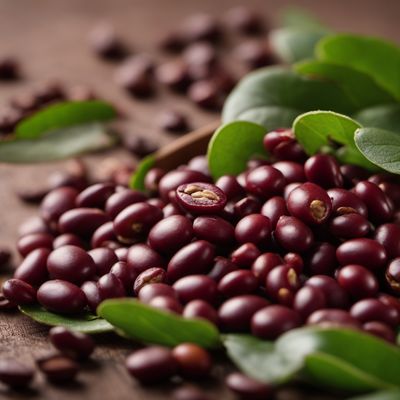
Azuki beans (dry)
The Tiny Powerhouse: Azuki Beans

Monantha vetches (dry)
The Versatile Monantha Vetches

Jack beans (dry)
The Versatile Legume: Unveiling the Wonders of Jack Beans

Stink beans (dry)
The Aromatic Delight: Stink Beans

Guar beans (dry)
Versatile Legumes: Guar Beans

Soyabeans for consumption (dry)
The Versatile Legume
Recipes using Rice beans (dry) » Browse all
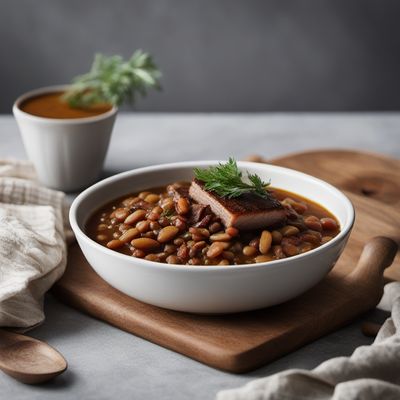
Swedish-style Braised Beans with Pork
Hearty Swedish Delight: Slow-cooked Beans and Pork

Mexican Pierogi
Spicy and Cheesy Mexican Pierogi Delight

Occitan Bean Cassoulet
Savory Occitan Bean Cassoulet: A Hearty Delight from the South of France

Croatian-style Bean Stew with Pickled Cabbage or Sauerkraut
Hearty Croatian Bean Stew with Tangy Pickled Cabbage

Greek-American Pichanga
Mediterranean Fusion Delight: Greek-American Pichanga

Mission Burrito with Chipotle Lime Sauce
Smoky and Tangy Mission Burrito with a Zesty Chipotle Lime Sauce

Shabu-Shabu with Sesame Dipping Sauce
Savor the Delights of Shabu-Shabu: A Japanese Hot Pot Extravaganza
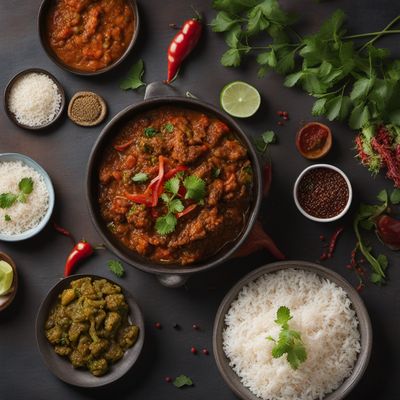
Samay Baji Recipe
Nepalese Delight: Samay Baji - A Traditional Feast for the Senses

Arab-inspired Stuffed Chicken Rolls
Savory Arabian Chicken Delight

Mexican Couscous
Spicy Couscous Fiesta
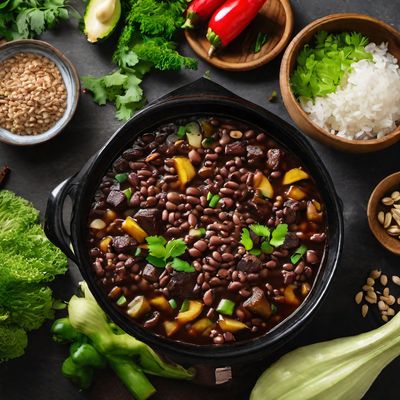
Korean-style Feijoada
Bibimbap-inspired Feijoada: A Fusion of Brazilian and Korean Flavors
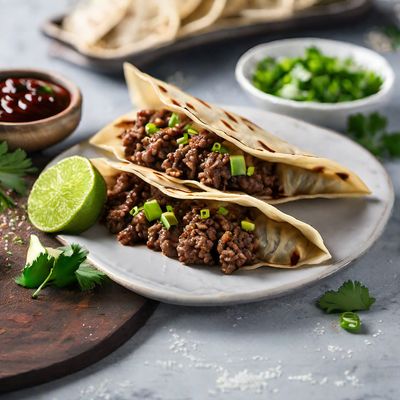
Gyoza with a Latin Twist
Sabor Latino Gyoza: A Fusion of Flavors